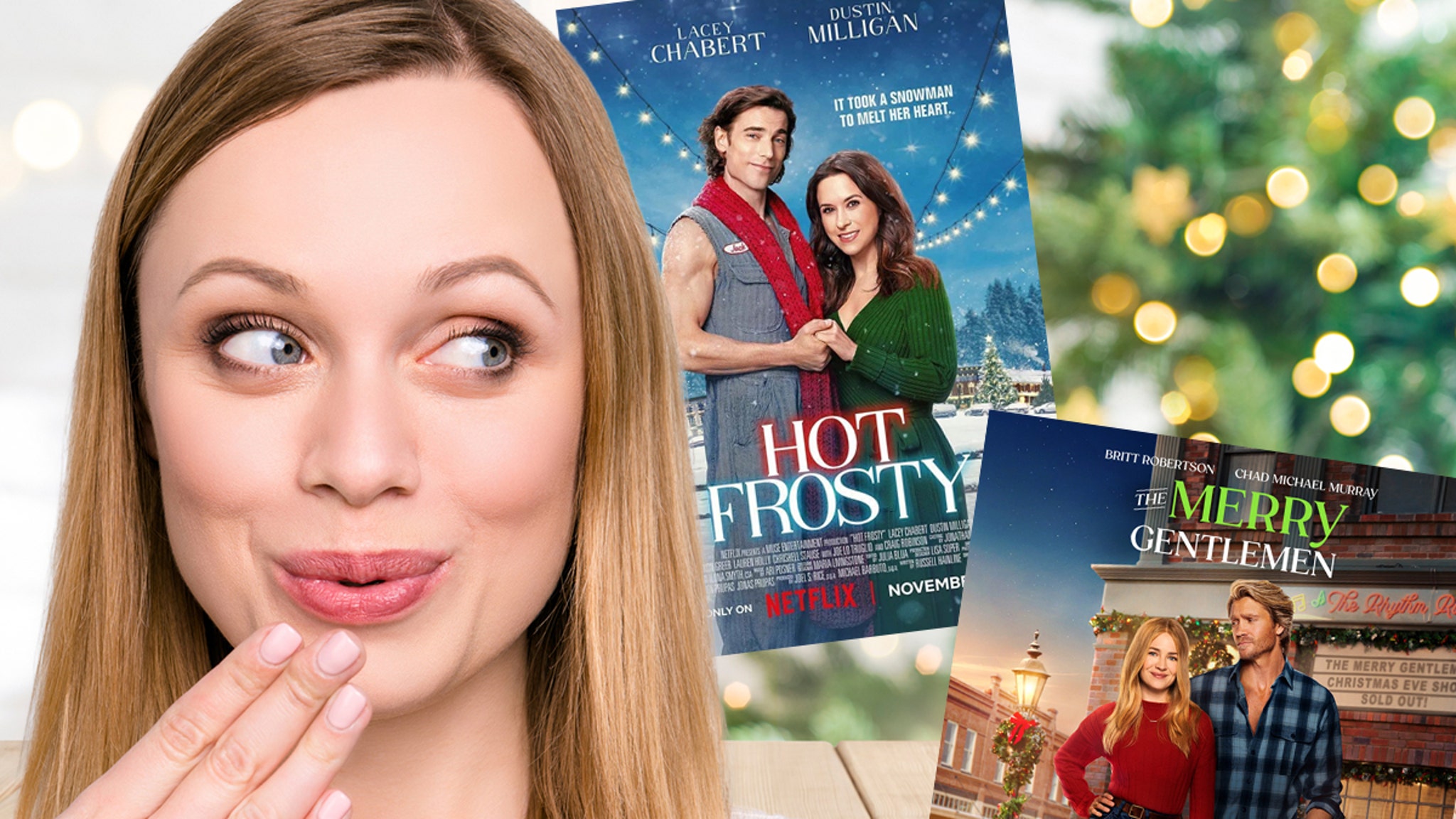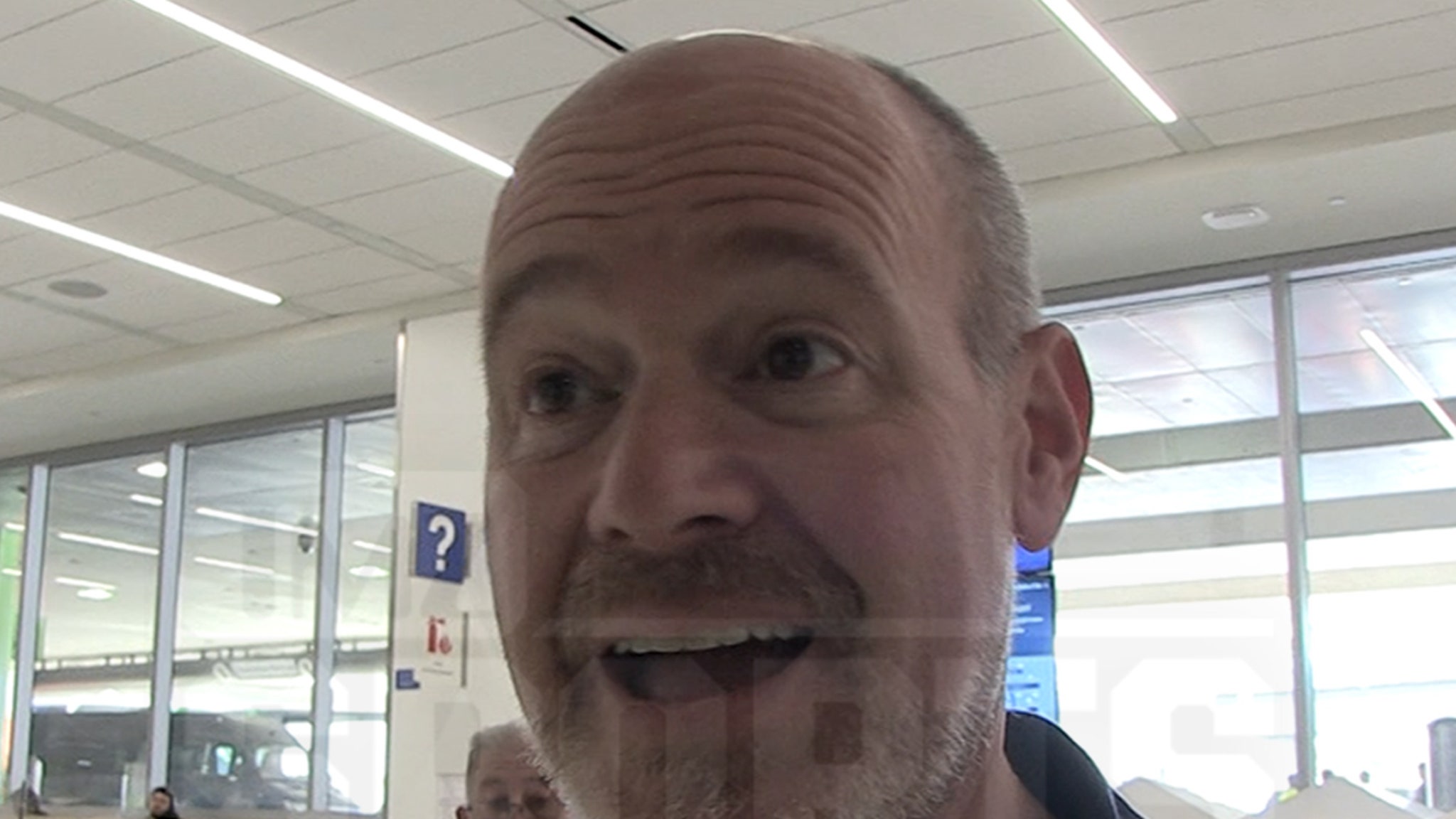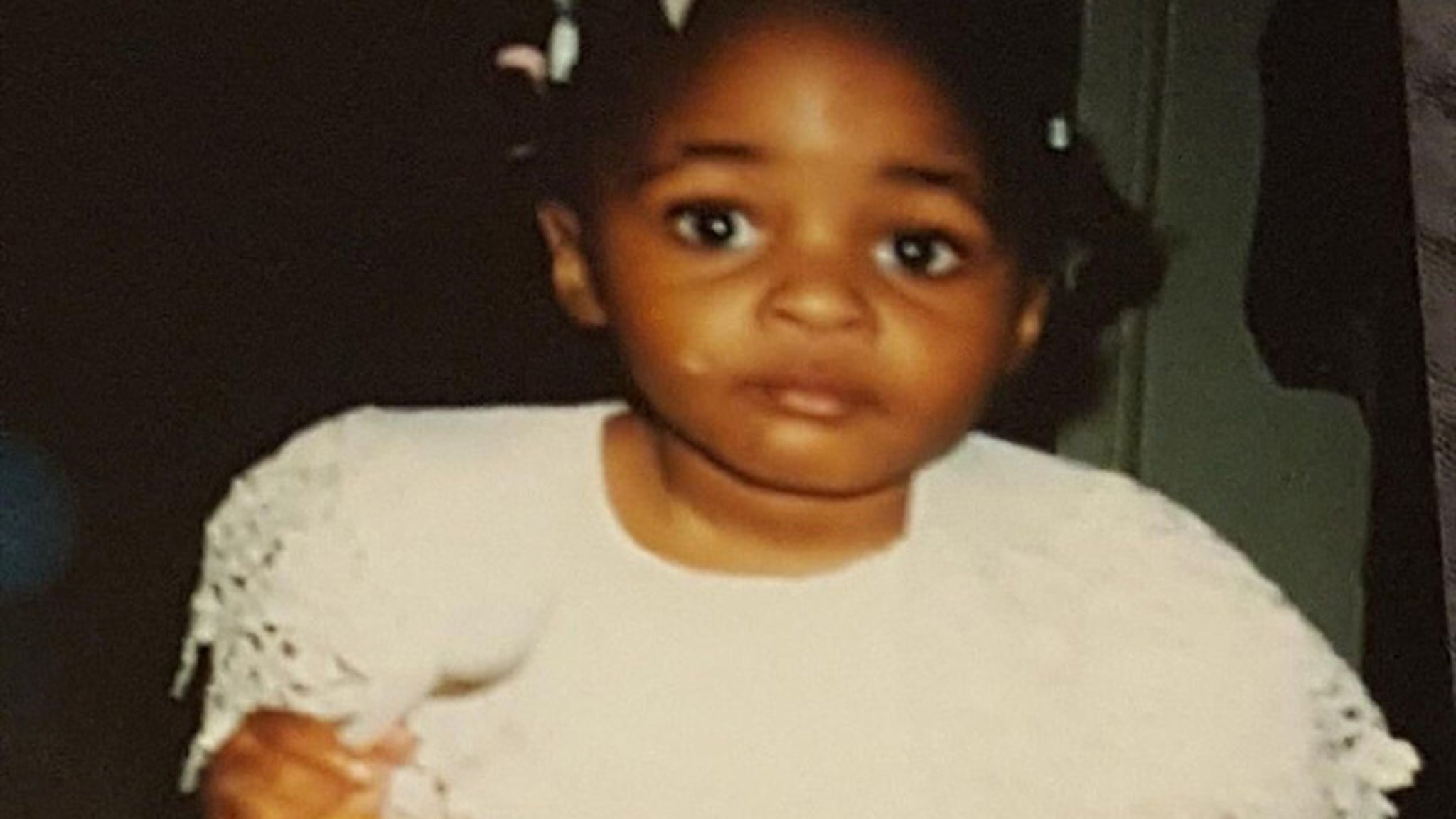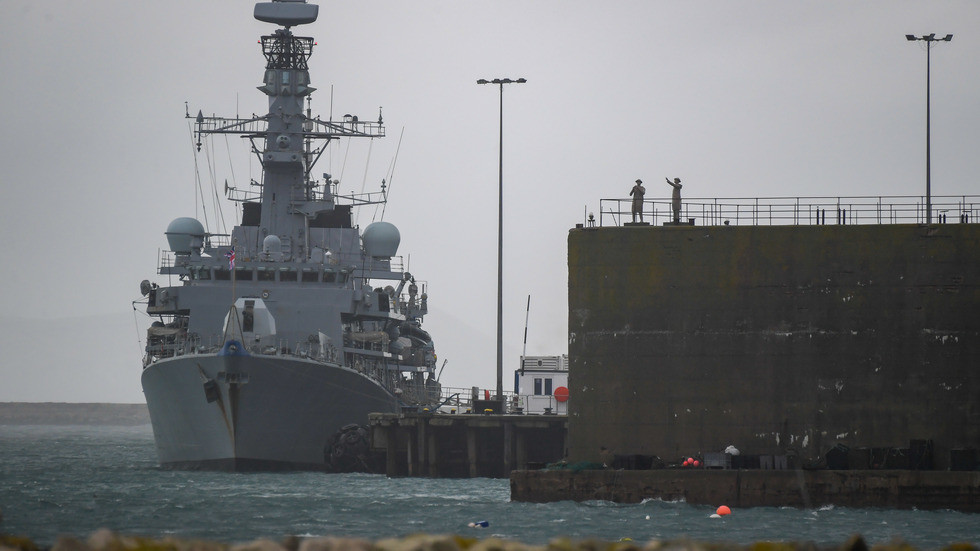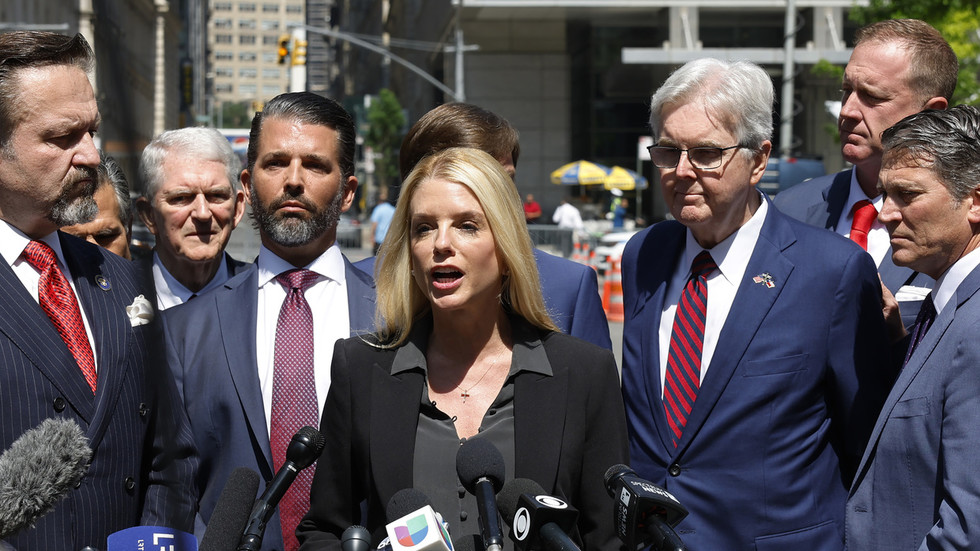After breaking ground with his 2021 movie “Casablanca Beats,” which marked the first Moroccan feature to vie for a Palme d’Or at the Cannes Film Festival, filmmaker Nabil Ayouch (“Much Loved”) is achieving a new milestone with his latest movie, “Everybody Loves Touda,” which premiered at Cannes Premiere and is now eligible in all categories at the Oscars. It’s the first Moroccan film to do so.
“Everybody Loves Touda,” penned by Ayouch and his wife, the actor-turned-filmmaker Maryam Touzani (“The Blue Caftan”), tells the story a young poetess and singer known as a Shaeirat (Nisrin Erradi), who raises her deaf-mute son in a small Moroccan village. Hoping to give her son a better future and more opportunities in life, she moves with him to Casablanca where she faces setbacks. Erradi, who previously starred in Touzani’s feature debut, “Adam,” prepared for the part in “Everybody Loves Touda” for a year and a half and was “coached by three Shaeirats to learn how to sing, dance, talk and move so that she would be credible,” says Ayouch, who lives between Paris and Casablanca.
The most memorable scene in the film is an 7 minute, 40 second single shot that Ayouch shot in Casablanca, in the city’s highest tower. Choreographed like a ballet, the scene has Touda coming out of a taxi, entering the high-rise building and going up 30 floors in the elevator with panoramic views of the city, and coming on stage where she starts performing before a large crowd of 150 extras.
The scene, he says, is the “most challenging” he ever tackled in his career, and took him and the crew three months to prepare and about 12 hours to shoot. Talking about his cinematic inspiration, Ayouch cites an iconic single-shot scene in Martin Scorsese’s “Goodfellas” which has mobster Henry Hill (Ray Liotta) and his wife Karen as they make their way into the Copacabana club.” “On the technical part, it’s a scene that kept on coming to my mind because it’s like a ballet in the way it’s choreographed. They enter the club through the backdoor, they go through the kitchens and they enter the ballroom and you see the waiters, the tables, the camera turns around them and then shifts its focus back on them,” he says. In terms of emotions he wanted to convey, he says his reference was Gena Rowlands in “A Woman Under the Influence.”
On “Everybody Loves Touda,” the primary technical difficulty stemmed from the fact that the elevator is tiny with no views. “I absolutely wanted to film in this tower because it’s the highest of all Casablanca, it’s our Twin Center, and I wanted to dominate the city. The only problem is that the elevator has no panoramic views,” he says. In order to pull it off, Ayouch filmed with a green background and enlisted Copenhagen-based drone operator Tao Ahler, alongside an international key crew that included Virginie Surdej, a Belgian cinematographer who is an AMPAS voter.
“Tao started at the foot of the tower and went up up vertically in a flight to the very top of the tower to inlay these images in a green background; it was perfectly faithful to what we would have seen from the elevator if there had been a window,” says Ayouch.
The helmer says he wasn’t looking for the “technical feat,” but felt that “this last part of the film is like a parable” of the film’s themes and Touda’s state of mind.
“I wanted to make sure that between the moment she gets out of the cab, walks through the lobby, gets in the elevator, arrives on that stage and comes back down, at no point do I break her emotion and the intensity of her emotion, because what I wanted to get from the descent, I could only get if it was in a continuous flow and movement, the descent of the elevator when we’re very close on her face,” Ayouch explains.
On top of the 150 extras, there were 80 technicians, and six different sets that each had to be managed by ten to 15 technicians. “So there are a lot of people and of resources that evening, at all levels, and it’s a very expensive shot, especially in preparation, because it took us three months to prepare it,” says Ayouch. “But that’s the beauty of cinema, it’s when, at one point, you’re carried along by a utopia. Everyone tells you it’s not technically possible, and finally I convinced everyone by saying: It’s possible and we’re going to do it.”
The crew started setting up the shoot at noon to begin filming around 6 p.m. and wrapped at about 6:30 a.m. the next morning. As the sun was beginning to rise at 6 a.m., Ayouch knew that it was the last chance to get the scene done. As the shoot wound down, it started raining, which in Morocco is considered a sign of good luck, Ayouch says. “When I saw the rain, I was like WTF, that’s all we needed now, I was asking for an umbrella, I didn’t even think of the symbol; but when Nisrin came out of the taxi and raised her head to the sky and a drop of rain fell down her face, it was very touching and ultimately it did bring us luck.” It was the 12th take and the one seen in the film.
Ayouch produced the film via his company Ali n’Productions, along with Les Films du Nouveau Monde, Velvet Films, Snowglobe, Viking Films and Staer. “Everybody Loves Touda” is represented in international markets by MK2 Films. Ad Vitam has French distribution rights.
Like Ayouch’s previous films, such as “Much Loved” or “Razzia,” “Everybody Loves Touda” has a feminist dimension.
“I was raised by a single mother, and grew up with this feminine ideal and that’s what shaped my characters too. They’re strong, independent women, warriors even,” Ayouch says. “Because I live in this part of the world, I’ve never wanted to see women as victims in my films, I wanted to see them as fighters. This was the case in ‘Much Loved,’ but it was also the case in ‘Razzia,’ and now in ‘Everybody Loves Touda.'”
Here’s a behind-the-scenes look at that long single-shot scene in “Everybody Loves Touda:”

 By Variety | Created at 2024-11-21 20:41:29 | Updated at 2024-11-28 10:49:14
6 days ago
By Variety | Created at 2024-11-21 20:41:29 | Updated at 2024-11-28 10:49:14
6 days ago
